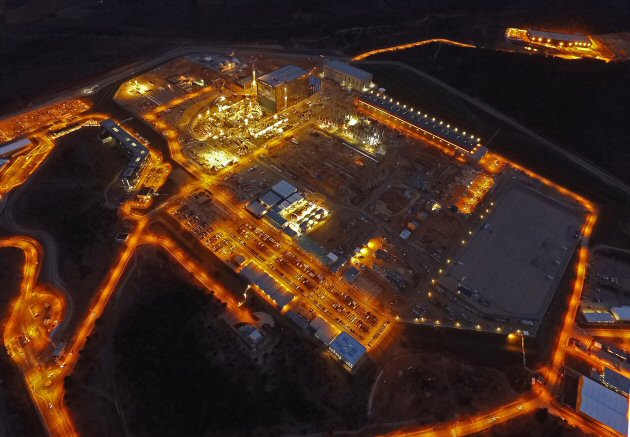36. The Dark Side of ITER

Return to ITER Power Facts Main Page
June 15, 2020
By Steven B. Krivit
Summary
Since at least 1993, scientists representing the nuclear fusion community have convinced members of the U.S. Congress that the International Thermonuclear Experimental Reactor (ITER), under construction in Southern France, is designed to produce 500 million Watts of thermal power, ten times more electrical power than the reactor is designed to consume.
This is not true.
Later, other fusion scientists convinced the European Parliament and European Commission to publish similar falsehoods about ITER. In fact, the list of organizations that have, as a result of the fusion scientists’ claims, inadvertently published falsehoods about ITER in the last decade is extensive.
The Facts
As revealed by New Energy Times in 2017 and in a subsequent 2019 statement from the United Kingdom Atomic Energy Authority, if the ITER reactor works according to design, the ITER reactor should produce about as much power from fusion as the electricity required to operate the entire device. A statement by a Japanese government fusion organization also describes the expected overall device power balance accurately: “ITER is about equivalent to a zero (net) power reactor, when the plasma is burning.” A German government document uncovered by New Energy Times also reveals that the reactor’s overall output will be equivalent to zero net power.
The actual design goal for the ITER reactor is to create a plasma of 500 megawatts (thermal) for around twenty minutes while 50 megawatts of thermal power are injected into the tokamak, resulting in a ten-fold gain of plasma heating power, not reactor power.
The enormity of this false science claim, in terms of involved scientists, expenditure of taxpayer funds from China, the European Union, India, Japan, Korea, Russia, and the United States is unprecedented and is therefore difficult to conceive. Deception and fraud are ugly words that nobody in the scientific world wants to be associated with. Nevertheless, over the course of three decades, it happened.
Much like the perpetual motion frauds from a century ago, which employed hidden mechanical devices to supply power, scientists promoting ITER have hidden the reactor’s expected input power through specific wording, omitted facts, undisclosed terminology, and deceit.
“The Dark Side of ITER,” published on June 15, 2020, by Steven B. Krivit, editor of New Energy Times, explains what happened.

